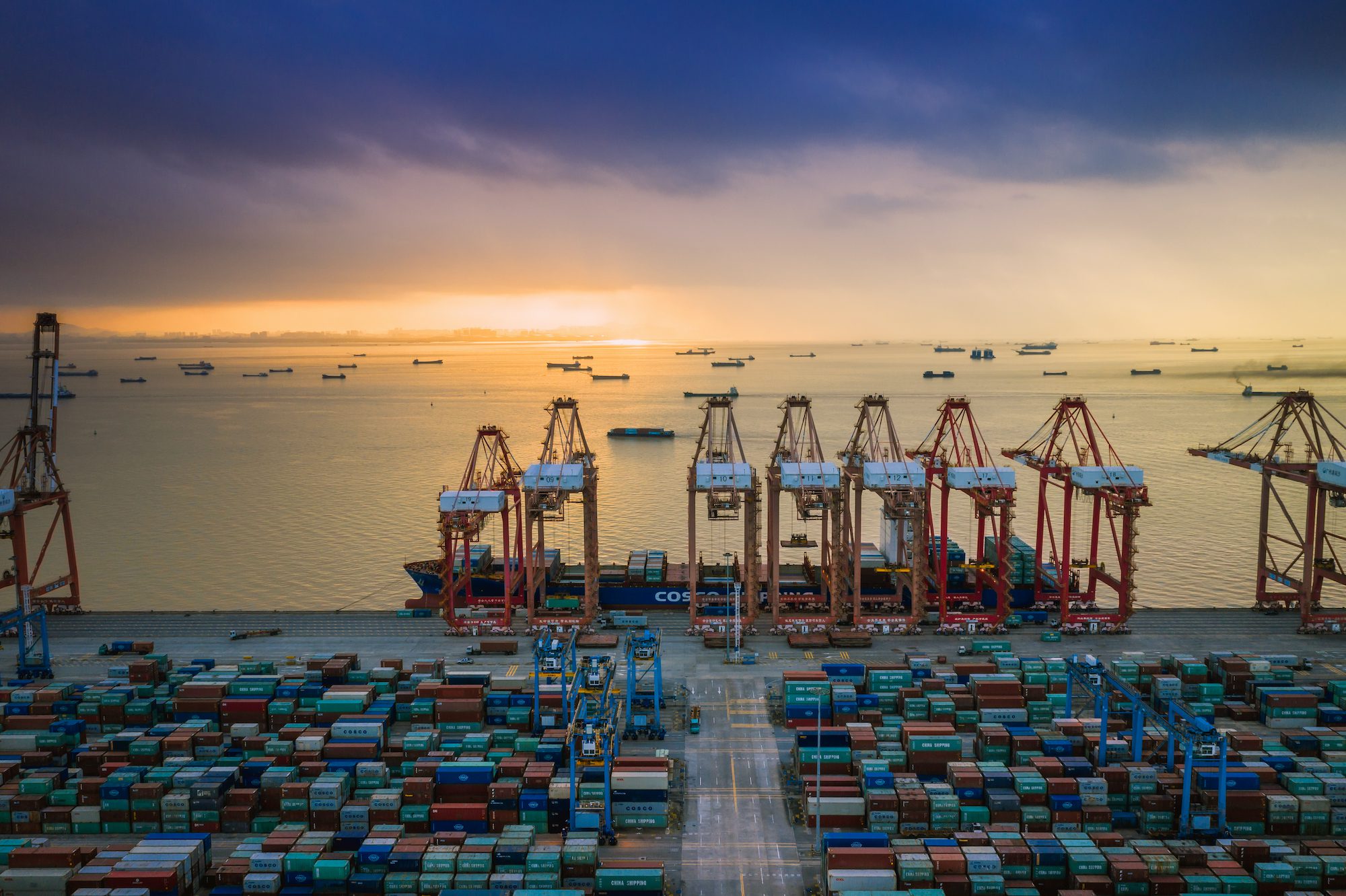By Julian Lee (Bloomberg) — Russia has already dispatched a record amount of oil through its section of the Arctic Circle this year, expediting cargo deliveries to China in what is an environmentally sensitive area.
At least 15 oil tankers, carrying about 10.7 million barrels of crude have used the Northern Sea Route, the name given to the passage along Russia’s northern coast, so far this year. That compares with a total of 14 vessels hauling about 10.5 million barrels in the whole of last year’s navigation season. There’s still a month to go before the waters get too icy and perilous for transit.
With three tankers that have already made the passage once this season anchored empty off Russia’s Arctic port of Murmansk and two more due to arrive there in early October, there’s plenty of scope for last year’s shipment record to be smashed. The five ships alone could boost this year’s traffic to more than 14.4 million barrels.
Western sanctions and Houthi drone attacks in the Red Sea have boosted the appeal of the 2,500-mile shipping route across the top of Russia as the shortest route to China from its western ports. Warmer temperatures have opened up the route to global commerce but also raised concerns about the environmental impact of increased transits.
“The remoteness, lack of infrastructure, and inhospitable environmental conditions in the Arctic mean significant logistical and operational challenges must be overcome” in the event of an oil spill, according to the International Tanker Owners Pollution Federation, a not-for-profit organization established on behalf of the world’s shipowners to promote an effective response to marine spills of oil, chemicals and other hazardous substances.
Its use can more than halve the time taken to move cargoes from ports on the Baltic Sea to Moscow’s main buyers in China. The saving is even greater for shipments from the Arctic terminals at Murmansk.
It typically takes a little over a week to cross Russia’s northern coastline from Novaya Zemlya in the west to the Bering Strait in the east. From there it’s typically about 12-14 more days to reach the ports around Shanghai or those in northern China. That compares with journey times of around a month-and-a-half from the Baltic to Shanghai via the Suez Canal, or as many as 50 days from the Arctic port of Murmansk.
The 2024 navigation season for the Northern Sea Route was due to run from July 1 to the end of November, but it has been shortened by “the early onset of ice formation due to the large amount of residual ice, especially in the eastern sector of the Arctic,” according to state nuclear corporation Rosatom, which manages the route.
That will close the route to non-ice class vessels from Oct. 15 and to all but the sturdiest ice-breaking tankers by early November.
Most of the ships using the route are relatively modern vessels owned by Russia’s shipping giant Sovcomflot PJSC. But this year, several older vessels, members of a shadow fleet of tankers built up to work around Western sanctions on the movement of Russia’s oil, have also made the journey.
Almost half of the ships using the NSR this year are at least 15 years old. That compares with about a third of the tankers using the route last year.
© 2024 Bloomberg L.P.

 Join The Club
Join The Club










